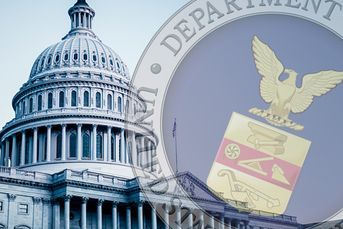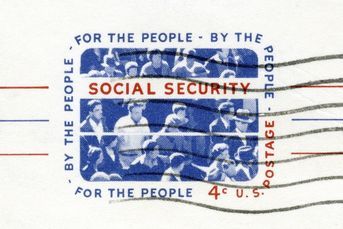Understanding algorithms is key to gauging robo fiduciary status
Regulators must learn new techniques and skills to examine robo-advisers for their adherence to the fiduciary standard.
Subtle biases in, subtly biased advice out — could that be a hidden problem with some robo-advice programs? And if so, can regulators identify it?
As reported in the June 30 issue of InvestmentNews, a recent academic paper suggests the answer is yes to the first question and maybe not to the second.
Any biases in the robo-programs are not necessarily deliberate, but could have slipped into the algorithms unintentionally as they were being developed. On the other hand, some programs might have been subtly designed to favor the products of the firms sponsoring them.
As the authors of the study wrote: “It would be naïve to simply assume that intermediaries will always chose the algorithms and architecture that are best for consumers, rather than those that are best for the intermediaries.”
But that is exactly what investment advisers are required to do. The question is: Do all robo-advisers meet that standard?
Regulators must learn new techniques and skills to examine robo-advisers for their adherence to the fiduciary standard. Simply asking the usual list of questions used when examining conventional financial advisers will no longer do.
Regulators can take two complementary approaches to determining if the programs are fulfilling the fiduciary obligation. First, they can examine a significant sample of the recommendations of each robo-adviser for signs of bias. Second, they should examine the algorithms behind the robo-advice programs to ensure there is no bias built into them intentionally or unintentionally.
The second might well require upgrading the skills of examiners, or including forensic programmers on examination teams.
(More: The DOL rule from all angles)
Robo-advice is not going away. The service is too valuable to firms seeking to provide investment advice to those with accounts considered too small to for one-on-one personal consulting with an investment adviser. Unbiased advice from a robo-advice program, even if it is not as complete as a human adviser would provide, is better than no advice.
Indeed, clients who receive good advice from robo-programs might graduate to human advisers for more complete financial advice as their accounts grow.
In the meantime, however, the regulators must improve their procedures for monitoring robo-advice programs to ensure they meet the required fiduciary standard now, while the stakes are still relatively small.
Learn more about reprints and licensing for this article.








